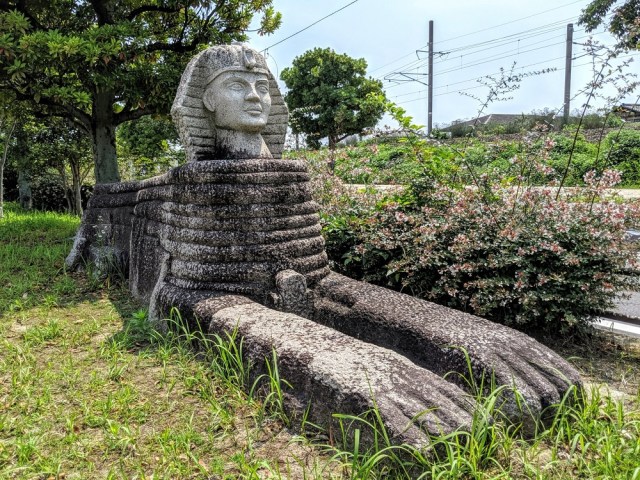
We travel into the depths of suburbia in search of Moai and ancient Pakistani Priest Kings.
Hot off the heals of his trip to the Machu Pichu of USA, Japan, our mystery-hunting reporter Masanuki Sunakoma had heard dark whispers of another secretive location that is said to house several of ancient humanity’s greatest creations, from the Parthenon to the Moai statues of Easter Island.
This unbelievable cache of art was said to be found on a chain of islands in Nakama City, a suburb of Kitakyushu City. Not one to ignore outlandish rumors from shady sources, Masanuki hopped on a JR Kyushu Chikuho Main Line train to Nakama Station.
Exiting the quaint station, Masanuki flinched under the scorching sunlight. It was too hot for a mystical adventure, but just when he asked a worker at the station how to acquire a hovercraft with which to reach the forbidden isles, he was told it was actually just a short walk from where he was.
Our intrepid reporter was told to go to Moyai-dori. “Moyai” is an old Japanese word meaning “cooperation,” intended to represent the area’s history as a once-prosperous coal mining town. It was also suspiciously close to “Moai…”
Suddenly, and without warning, the islands appeared before Masanuki. Sure, they were traffic islands, but islands nonetheless. They were completely uninhabited and overgrown with lush vegetation. Moreover, they were constantly circled by dangerous man-eating Hondas.
After reaching the shore of the first traffic island, he was greeted by a sign indicating this place as “The Roofless Museum.” In addition to having no roof, this museum was totally chill and pointed out that you can touch the exhibits all you want in order to connect with ancient times.
The museum was comprised of four island zones, each with a different theme: The Path of Home, where Masanuki now stood, had artifacts from Japan and Asia; exhibits from Europe and Africa could be found in The Path of Tranquility; The Path to Ancient Times contained works from Africa and America; and The Path of Moyai had items from Oceania.
Masanuki first came across well-known relics found in ancient Japanese tombs. Dating back to the 5th and 6th century these stone horse and soldier statues are usually heavily guarded in a museums, but now just sitting openly in patches of grass.
Even though they were just stone replicas, there was something intriguing about having the ability to just walk up to them and make physical contact with the legendary works.
Even if you aren’t an expert in archaeology, each exhibit has a helpful panel explaining the original work’s size and importance.
For example, Masanuki would normally have no idea who this guy was, but now can tell you with confidence that it’s The Priest King of Mohenjo-daro, located in modern-day Pakistan.
He also learned that the Chinese were literally centuries ahead of Japan when it came to making stone horses.
There were a lot of pieces to look at and touch, so Masanuki needed to take a break. He stopped at a pair of covered benches, only to find he was actually sitting in…
…The Parthenon!
After refreshing himself in the Parthenon, our reporter was ready to go in search of the legendary Sphinx.
The placard at the beginning of the journey told Masanuki that touching these replicas would “transport” him to the ancient times from whence they came. He reached out and gently pressed his fingers against the Sphinx’s cheek, bracing himself for the quantum leap…
…but nothing happened.
Still, after getting over his indoctrinated fear of touching historical things in museums, Masanuki began to want to do it more and more. He especially enjoyed feeling up the Olmec Colossal Head of 9th Century BC Mexico.
▼ “Atta-boy.”
Finally, Masanuki came face to face with the Moai of Nakama City Traffic Island, much like their Easter Island counterparts. These huge figures had a certain aura of mystery about them…
…even with the explanatory plaques.
Masanuki also learnt that all of these replicas were made from ruins of the old Katsuki Line which was a part of the now-defunct Japanese National Railway.
It was intended to be a tourist attraction, but Masanuki was the only tourist there on that particular day. But, much like Space Station and its cardboard UFOs, The Roofless Museum is truly a great tourist destination for tourists who can’t stand being around other tourists.
Museum information
The Roofless Museum / 屋根のない博物館
Fukuoka-ken, Nakama-shi, Chuo 2-5
福岡県中間市中央2-5
Website
Photos: SoraNews24
● Want to hear about SoraNews24’s latest articles as soon as they’re published? Follow us on Facebook and Twitter!
[ Read in Japanese ]

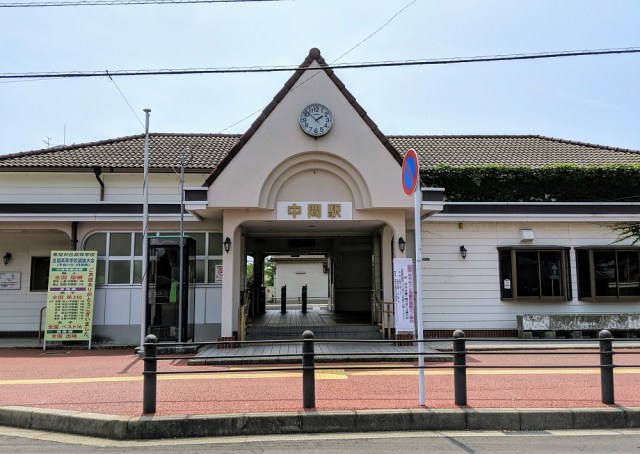
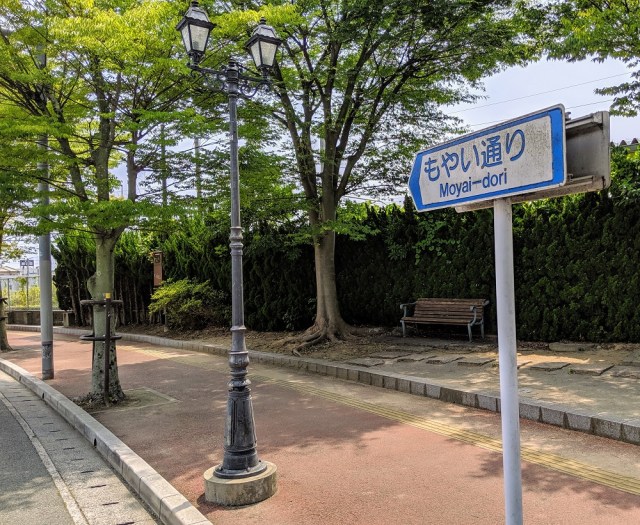
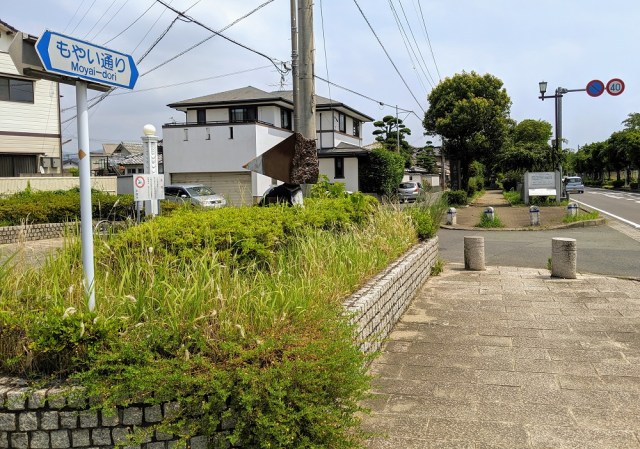
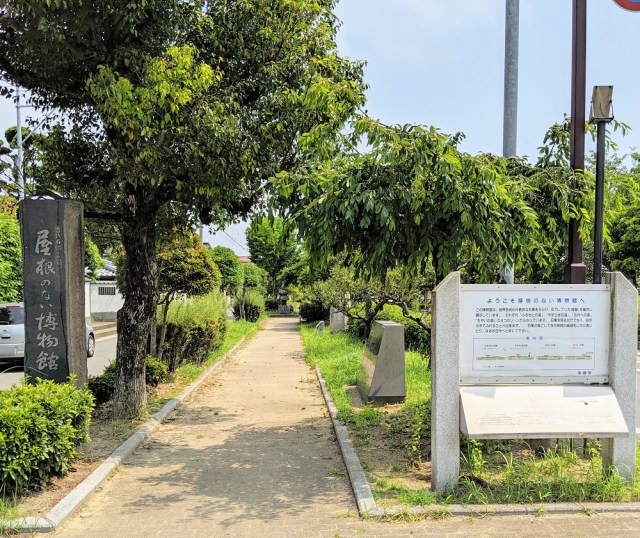
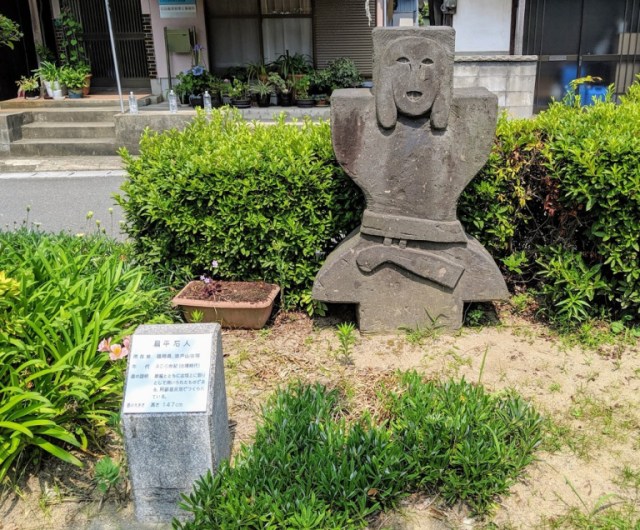
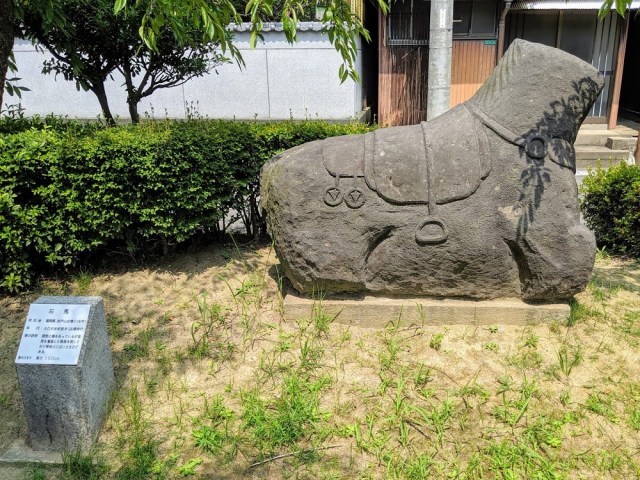
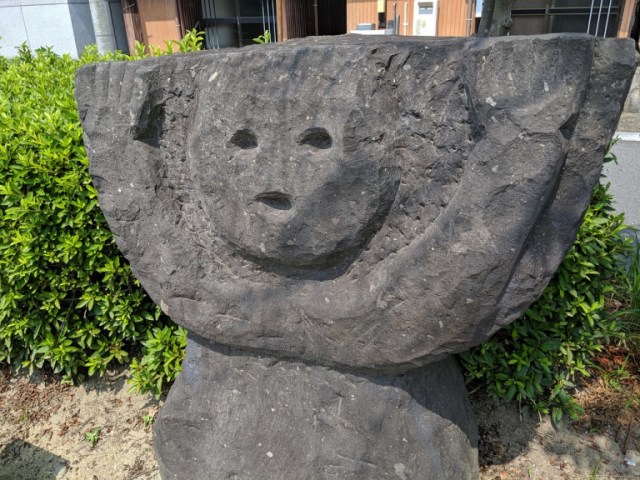
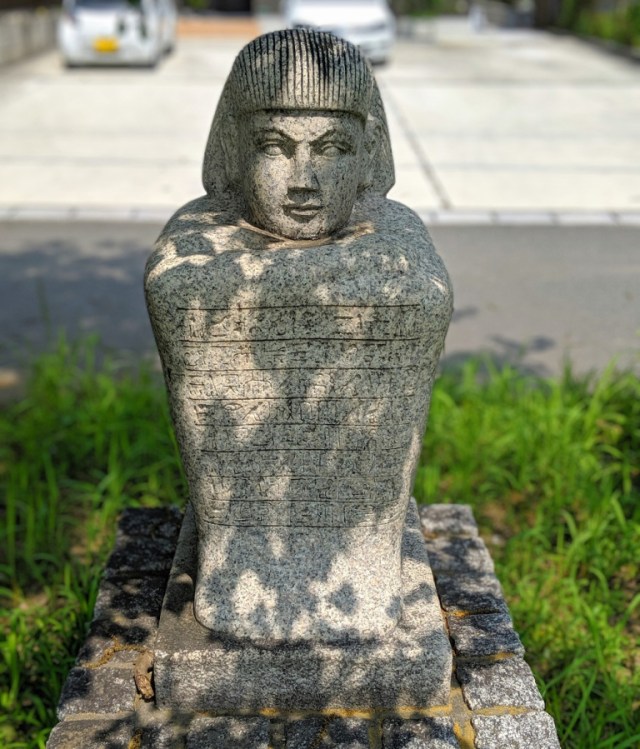
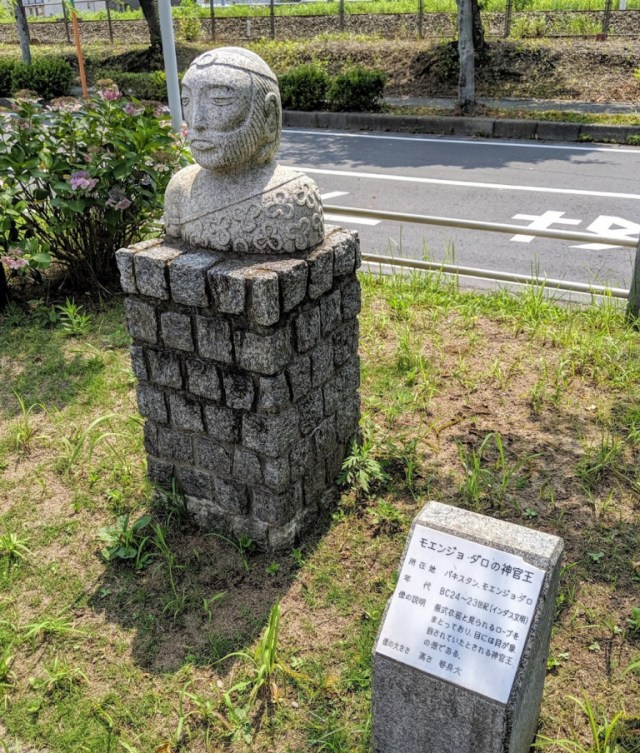
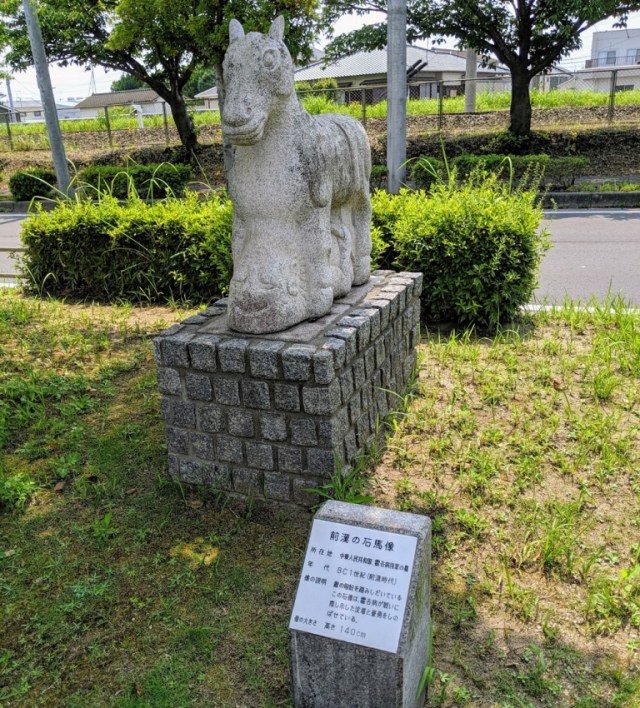
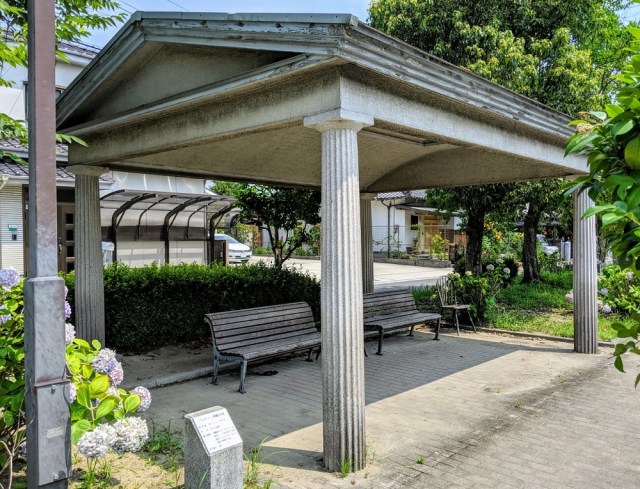
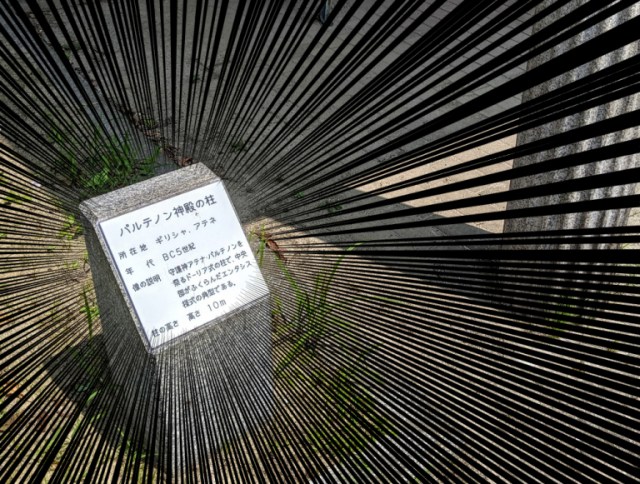
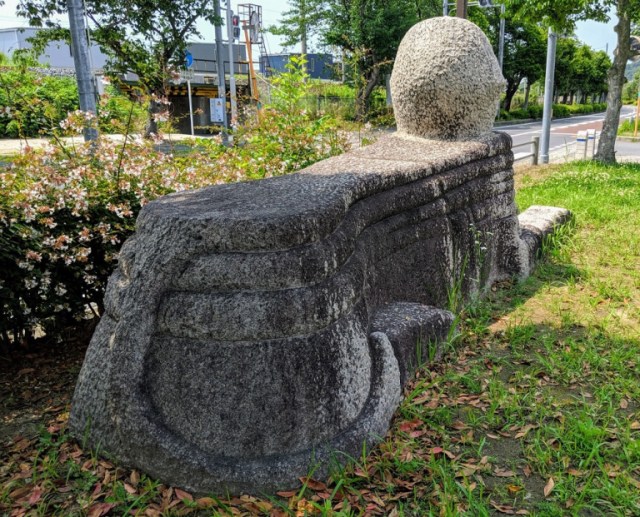
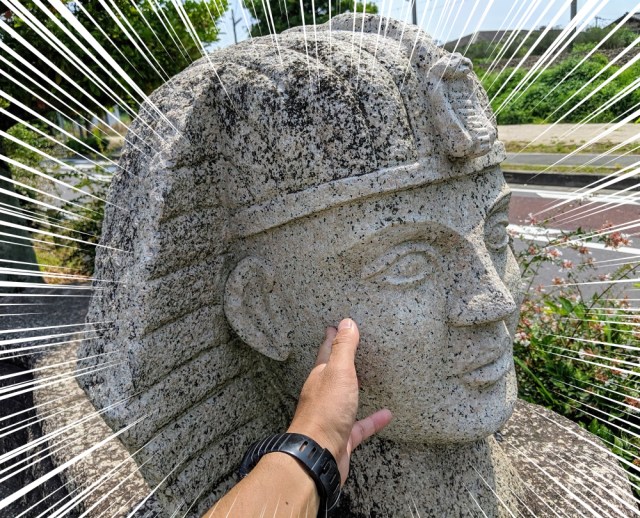
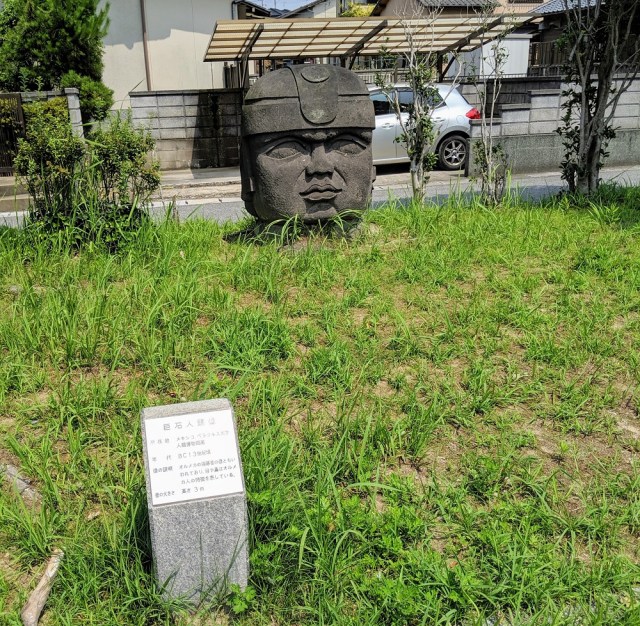
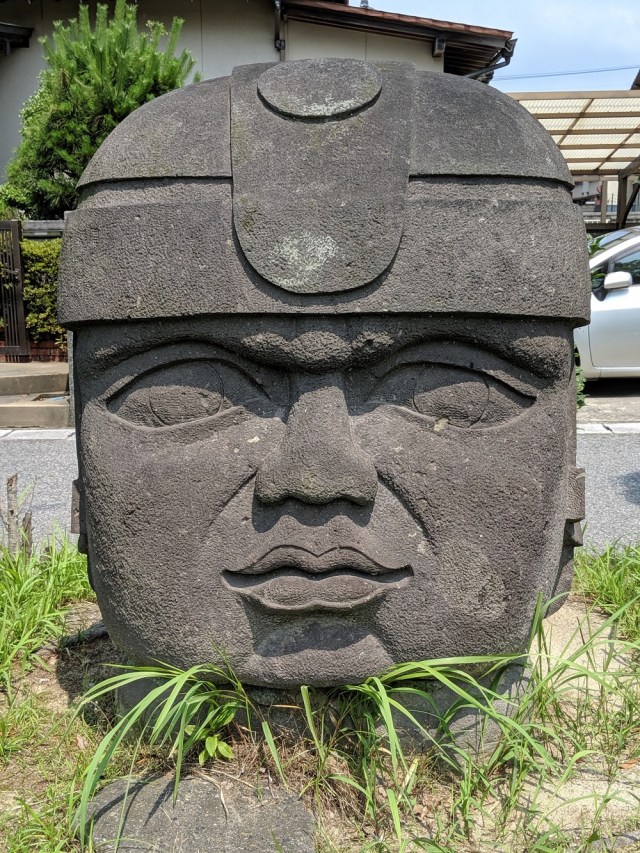
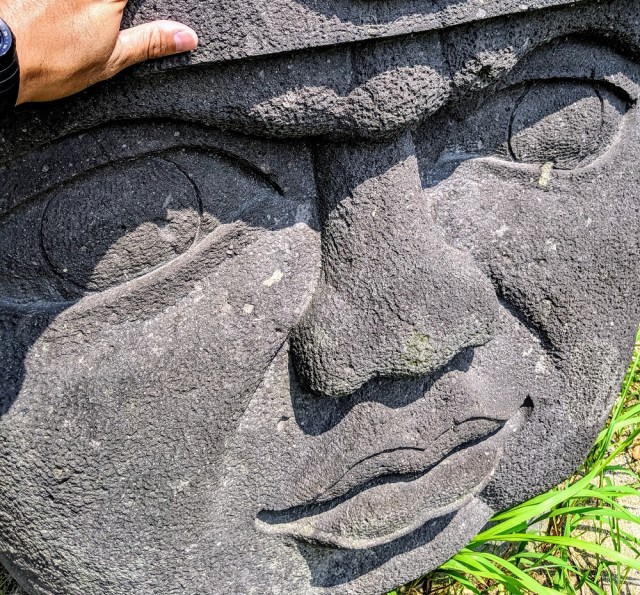
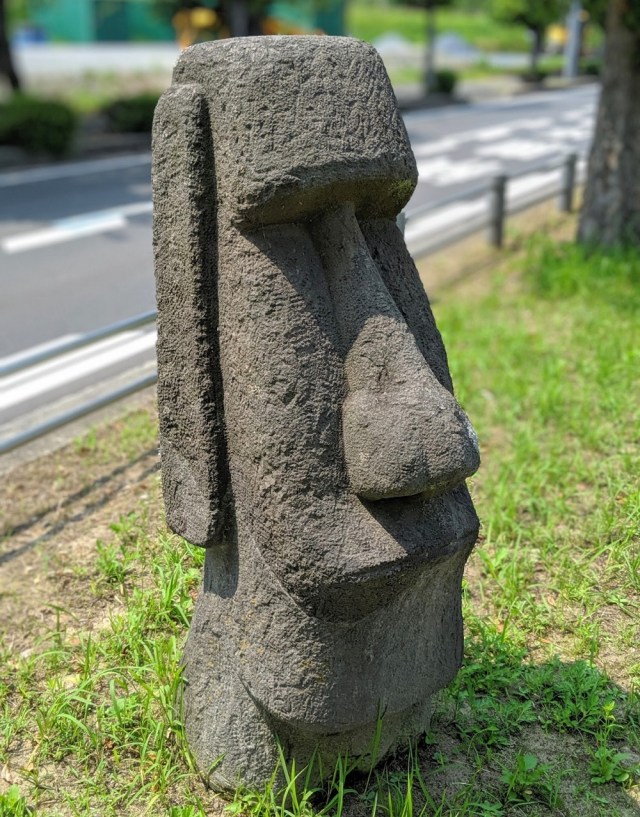
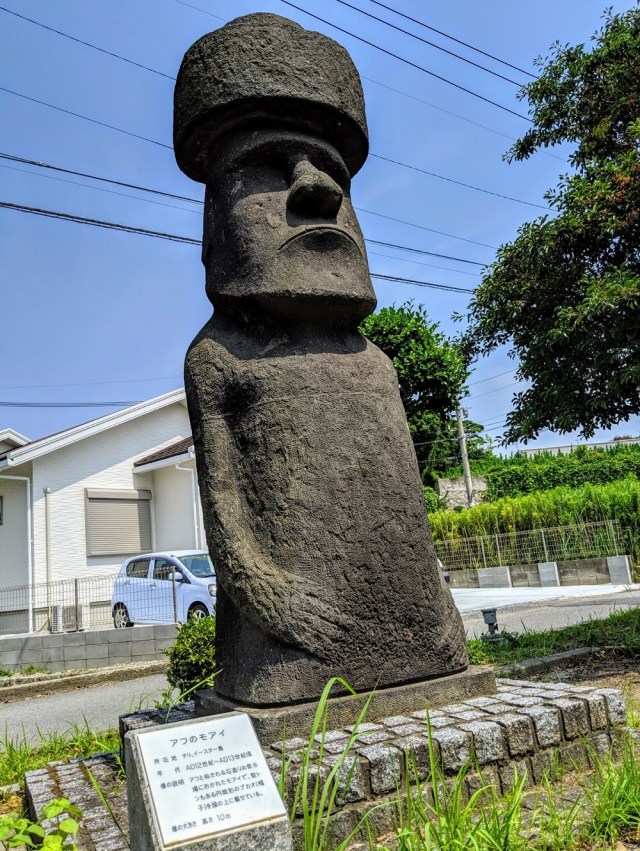
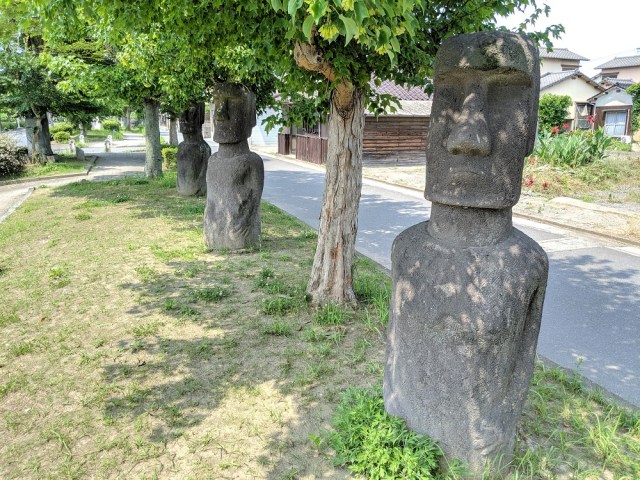
 Top Japanese cosplayer Enako returns to Comiket after 6 years, creates mayhem with admirers
Top Japanese cosplayer Enako returns to Comiket after 6 years, creates mayhem with admirers Private booths are coming to Japan’s Shinkansen bullet trains even sooner than we’d thought【Video】
Private booths are coming to Japan’s Shinkansen bullet trains even sooner than we’d thought【Video】 What makes a good boss in Japan? Workers sound off in survey
What makes a good boss in Japan? Workers sound off in survey Stamina-destroying “Paralysis Noodles” are Tokyo’s newest over-the-top ramen innovation
Stamina-destroying “Paralysis Noodles” are Tokyo’s newest over-the-top ramen innovation A surprising number of Japanese youth get most of their income from their parents
A surprising number of Japanese youth get most of their income from their parents Top Japanese cosplayer Enako returns to Comiket after 6 years, creates mayhem with admirers
Top Japanese cosplayer Enako returns to Comiket after 6 years, creates mayhem with admirers Private booths are coming to Japan’s Shinkansen bullet trains even sooner than we’d thought【Video】
Private booths are coming to Japan’s Shinkansen bullet trains even sooner than we’d thought【Video】 What makes a good boss in Japan? Workers sound off in survey
What makes a good boss in Japan? Workers sound off in survey Stamina-destroying “Paralysis Noodles” are Tokyo’s newest over-the-top ramen innovation
Stamina-destroying “Paralysis Noodles” are Tokyo’s newest over-the-top ramen innovation A surprising number of Japanese youth get most of their income from their parents
A surprising number of Japanese youth get most of their income from their parents Bear attack shelters going on sale in Japan as country experiences record-high number of incidents
Bear attack shelters going on sale in Japan as country experiences record-high number of incidents Japan’s otoshidama tradition of giving kids money at New Year’s gets a social welfare upgrade
Japan’s otoshidama tradition of giving kids money at New Year’s gets a social welfare upgrade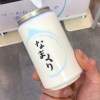 Weird Japanese vending machine find of the day: Cream in cans?
Weird Japanese vending machine find of the day: Cream in cans?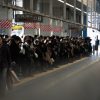 One in four surveyed Japanese workers admits to wanting to kill boss, Osaka quake helps show why
One in four surveyed Japanese workers admits to wanting to kill boss, Osaka quake helps show why Japanese department store rooftop is a secret oasis where you can escape the crowds in Tokyo
Japanese department store rooftop is a secret oasis where you can escape the crowds in Tokyo Starbucks Japan ready to get Year of the Horse started with adorable drinkware and plushies【Pics】
Starbucks Japan ready to get Year of the Horse started with adorable drinkware and plushies【Pics】 Japanese beef bowl chain Sukiya’s 2026 Smile Box lucky bag basically pays for itself
Japanese beef bowl chain Sukiya’s 2026 Smile Box lucky bag basically pays for itself Hayao Miyazaki says Happy New Year to Studio Ghibli fans with new art for Year of the Horse
Hayao Miyazaki says Happy New Year to Studio Ghibli fans with new art for Year of the Horse Cup Noodle tries an authentic Jiro-style ramen, but something’s not quite right
Cup Noodle tries an authentic Jiro-style ramen, but something’s not quite right The best Starbucks Japan Frappuccinos we want to drink again in 2026
The best Starbucks Japan Frappuccinos we want to drink again in 2026 We revisited Sweets Paradise after a decade to see if Japan’s dessert buffet still delivers
We revisited Sweets Paradise after a decade to see if Japan’s dessert buffet still delivers That time Seiji called JASRAC to ask why he didn’t get paid royalties for his song being on TV
That time Seiji called JASRAC to ask why he didn’t get paid royalties for his song being on TV We found possibly the quietest Japanese-style hotel in Tokyo’s bustling Shinjuku district
We found possibly the quietest Japanese-style hotel in Tokyo’s bustling Shinjuku district Pizza Hut Japan’s hot lucky bags are perfect for a New Year’s pizza party
Pizza Hut Japan’s hot lucky bags are perfect for a New Year’s pizza party Japan’s oldest largetooth sawfish in captivity back on display in Mie Prefecture
Japan’s oldest largetooth sawfish in captivity back on display in Mie Prefecture 7-Eleven Japan starts new temporary luggage storage service in over 300 branches
7-Eleven Japan starts new temporary luggage storage service in over 300 branches Disillusionment at Tsukiji’s tourist-target prices led us to a great ramen restaurant in Tokyo
Disillusionment at Tsukiji’s tourist-target prices led us to a great ramen restaurant in Tokyo Starbucks teams up with 166-year-old Kyoto doll maker for Year of the Horse decorations【Photos】
Starbucks teams up with 166-year-old Kyoto doll maker for Year of the Horse decorations【Photos】 Tokyo considering law requiring more trash cans following litter increase in heavily touristed area
Tokyo considering law requiring more trash cans following litter increase in heavily touristed area Tokyo’s Tsukiji sushi neighborhood asks tour groups to stay away for the rest of the month
Tokyo’s Tsukiji sushi neighborhood asks tour groups to stay away for the rest of the month Tokyo event lets you travel back in time, for free, to celebrate 100 years since Showa era start
Tokyo event lets you travel back in time, for free, to celebrate 100 years since Showa era start Japan may add Japanese language proficiency, lifestyle classes to permanent foreign resident requirements
Japan may add Japanese language proficiency, lifestyle classes to permanent foreign resident requirements Sanrio theme park in Japan announces plans to expand into a Sanrio resort
Sanrio theme park in Japan announces plans to expand into a Sanrio resort Survey asks foreign tourists what bothered them in Japan, more than half gave same answer
Survey asks foreign tourists what bothered them in Japan, more than half gave same answer Japan’s human washing machines will go on sale to general public, demos to be held in Tokyo
Japan’s human washing machines will go on sale to general public, demos to be held in Tokyo Japan’s deadliest food claims more victims, but why do people keep eating it for New Year’s?
Japan’s deadliest food claims more victims, but why do people keep eating it for New Year’s? We deeply regret going into this tunnel on our walk in the mountains of Japan
We deeply regret going into this tunnel on our walk in the mountains of Japan Studio Ghibli releases Kodama forest spirits from Princess Mononoke to light up your home
Studio Ghibli releases Kodama forest spirits from Princess Mononoke to light up your home Major Japanese hotel chain says reservations via overseas booking sites may not be valid
Major Japanese hotel chain says reservations via overseas booking sites may not be valid Put sesame oil in your coffee? Japanese maker says it’s the best way to start your day【Taste test】
Put sesame oil in your coffee? Japanese maker says it’s the best way to start your day【Taste test】 No more using real katana for tourism activities, Japan’s National Police Agency says
No more using real katana for tourism activities, Japan’s National Police Agency says Starbucks Japan reveals new sakura drinkware collection, inspired by evening cherry blossoms
Starbucks Japan reveals new sakura drinkware collection, inspired by evening cherry blossoms Updated cherry blossom forecast shows extra-long sakura season for Japan this year
Updated cherry blossom forecast shows extra-long sakura season for Japan this year Bear attack shelters going on sale in Japan as country experiences record-high number of incidents
Bear attack shelters going on sale in Japan as country experiences record-high number of incidents Japan’s otoshidama tradition of giving kids money at New Year’s gets a social welfare upgrade
Japan’s otoshidama tradition of giving kids money at New Year’s gets a social welfare upgrade Weird Japanese vending machine find of the day: Cream in cans?
Weird Japanese vending machine find of the day: Cream in cans? One in four surveyed Japanese workers admits to wanting to kill boss, Osaka quake helps show why
One in four surveyed Japanese workers admits to wanting to kill boss, Osaka quake helps show why Japanese department store rooftop is a secret oasis where you can escape the crowds in Tokyo
Japanese department store rooftop is a secret oasis where you can escape the crowds in Tokyo An overnight trip on the Sunrise Izumo, Japan’s awesome Tokyo-Shimane sleeper train【Photos】
An overnight trip on the Sunrise Izumo, Japan’s awesome Tokyo-Shimane sleeper train【Photos】 Four Shinto shrines to pray for love at in Japan to start the New Year
Four Shinto shrines to pray for love at in Japan to start the New Year Japanese osechi New Year’s meal lucky bag gives us way more than we bargained for
Japanese osechi New Year’s meal lucky bag gives us way more than we bargained for Tokyo Station staff share their top 10 favorite ekiben
Tokyo Station staff share their top 10 favorite ekiben The etiquette rules for visiting Shinto shrines in Japan
The etiquette rules for visiting Shinto shrines in Japan Rakuten randomly offers 58 New Year’s osechi feasts in Japan, but did we get a star or a dud?
Rakuten randomly offers 58 New Year’s osechi feasts in Japan, but did we get a star or a dud? Hamburg and Hamburg Shibuya: A Japanese restaurant you need to put on your Tokyo itinerary
Hamburg and Hamburg Shibuya: A Japanese restaurant you need to put on your Tokyo itinerary 20 things to buy at the Pokémon Center Mega Tokyo store
20 things to buy at the Pokémon Center Mega Tokyo store
Leave a Reply